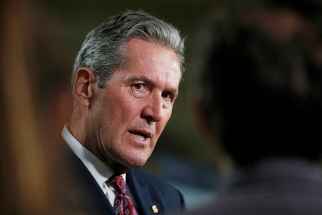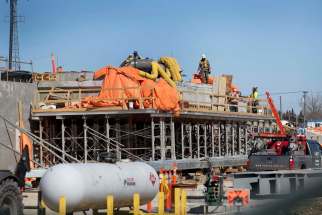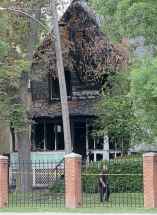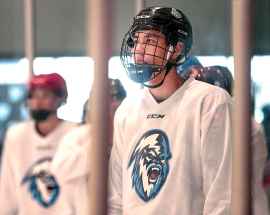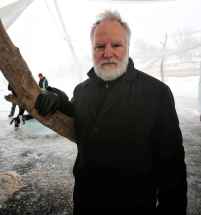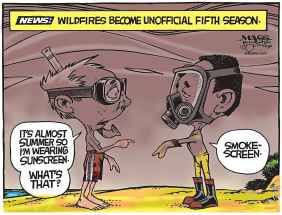Shoal Lake project offers road map to reconciliation
Read this article for free:
or
Already have an account? Log in here »
To continue reading, please subscribe:
Monthly Digital Subscription
$0 for the first 4 weeks*
- Enjoy unlimited reading on winnipegfreepress.com
- Read the E-Edition, our digital replica newspaper
- Access News Break, our award-winning app
- Play interactive puzzles
*No charge for 4 weeks then price increases to the regular rate of $19.00 plus GST every four weeks. Offer available to new and qualified returning subscribers only. Cancel any time.
Monthly Digital Subscription
$4.75/week*
- Enjoy unlimited reading on winnipegfreepress.com
- Read the E-Edition, our digital replica newspaper
- Access News Break, our award-winning app
- Play interactive puzzles
*Billed as $19 plus GST every four weeks. Cancel any time.
To continue reading, please subscribe:
Add Free Press access to your Brandon Sun subscription for only an additional
$1 for the first 4 weeks*
*Your next subscription payment will increase by $1.00 and you will be charged $16.99 plus GST for four weeks. After four weeks, your payment will increase to $23.99 plus GST every four weeks.
Read unlimited articles for free today:
or
Already have an account? Log in here »
Hey there, time traveller!
This article was published 04/06/2019 (2385 days ago), so information in it may no longer be current.
Never has a gravel road been so deserved. Never has the process by which a road was built held so much promise.
Twenty-four kilometres of road now connects Shoal Lake 40 First Nation with the Trans-Canada Highway, a development that is being celebrated with a four-day grand opening this week.
The party has been a long time coming. The community, about 200 kilometres east of Winnipeg on the Manitoba-Ontario border, is on a peninsula protruding into Shoal Lake, which was cut off from the mainland in 1915 to make way for an aqueduct that provides drinking water to Winnipeg.
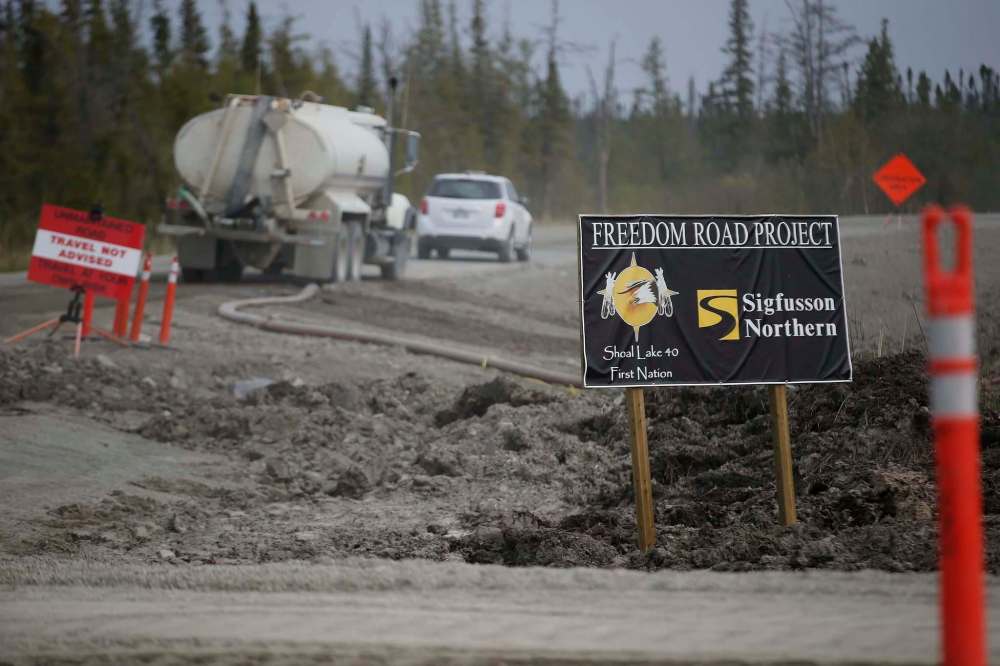
With dark irony, the construction to supply Winnipeg with clean water from Shoal Lake left the First Nation without clean water for itself. It has been under a boil-water advisory for more than two decades, one of the longest such restrictions in Canada, all to ensure Winnipeg residents have clean water at the turn of a tap.
On its surface, the new road is a lifeline for the reserve. To get basic supplies from the mainland, community members used to cross by dangerous ice roads in winter, or by an expensive and unreliable barge in other seasons.
But on a broader level, the successful way in which the past injustice was rectified can be a model of how to do reparation right. Call it the Shoal Lake solution.
As a template for resolving other wrongs committed against Indigenous people, Shoal Lake offers three important lessons:
First, non-Indigenous people finally got involved, building on years of protesting and lobbying by Shoal Lake residents that finally led to their inclusion in the process. Religious and environmental groups held protests on the steps of the Manitoba legislature to remind Winnipeg that securing its drinking water came at great cost to the First Nation. Churches posted signs of support on their lawns. Politicians were extensively lobbied. Even high school students participated, raising about $7,000 with a fashion and music show called Strut for Shoal.
Second, three levels of government co-operated instead of arguing to a stalemate about jurisdiction and obligation. The project cost $30 million, with Ottawa covering 50 per cent of the cost and Manitoba and the City of Winnipeg each kicking in 25 per cent.
Third, members of the First Nation were included in the hands-on construction. Over two years, about 50 of the First Nation’s 200 adult members were hired to help build the road.
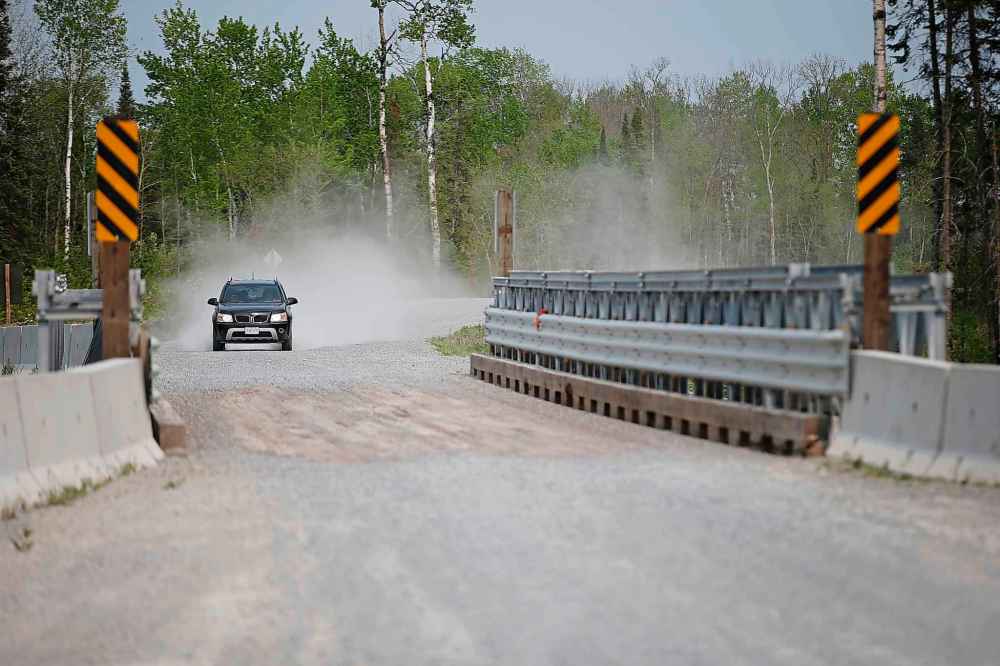
At a time when the big-picture need for Indigenous reparation can seem so extensive, so expensive, as to be overwhelming — even to people of good intent — the Shoal Lake achievement offers a small-scale guide for success.
The right words of reconciliation are easy to speak and are abundant. But the exciting achievement of Shoal Lake shows practical results are possible when good intentions are converted into action in three ways: involvement of non-Indigenous people, co-operation from all levels of government, hiring Indigenous people to be part of the solution.
Geographically, the new road connects Shoal Lake residents with the rest of the country.
But as a model of what can be achieved by respectful co-operation, the new road can also lead to reconciliation.



